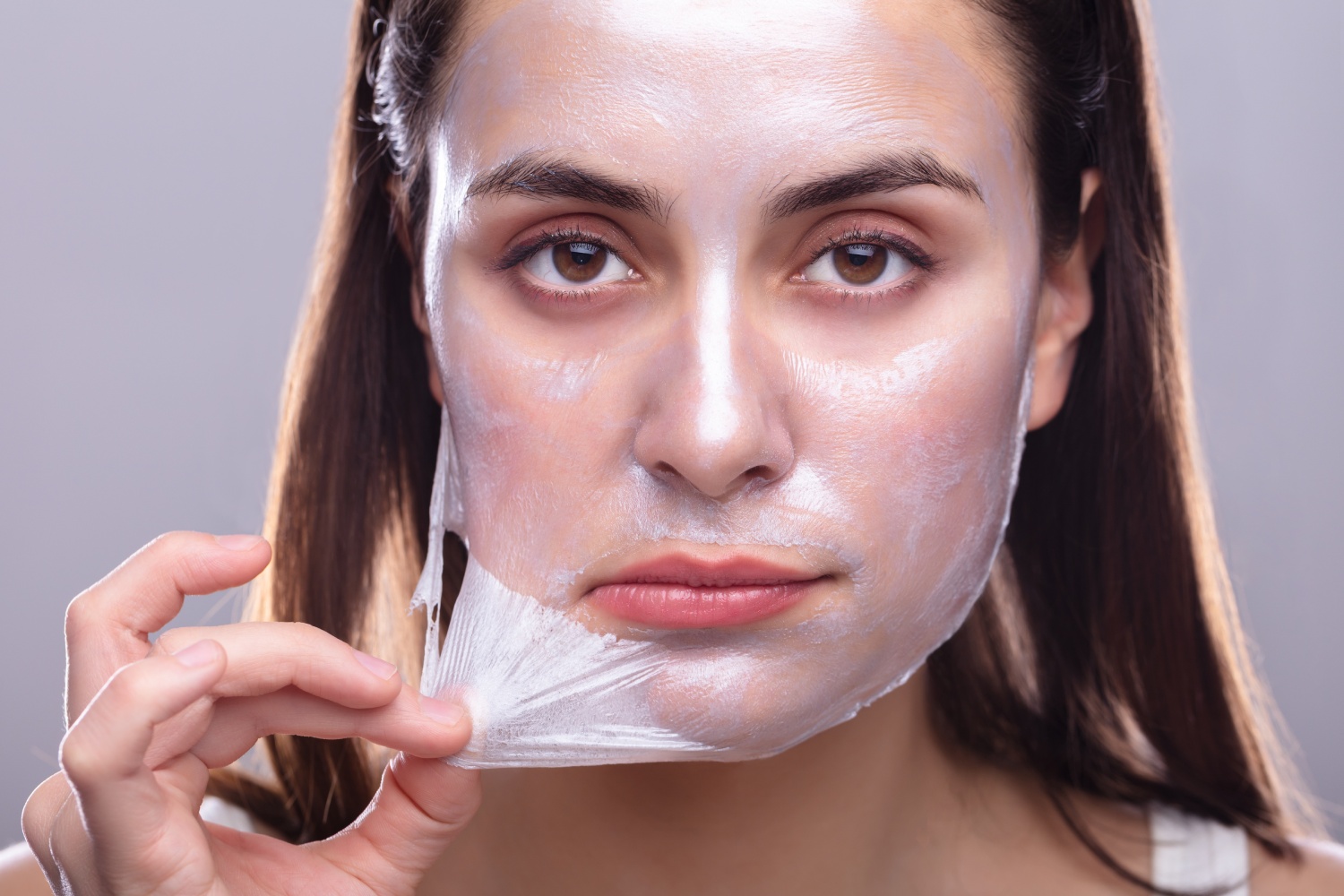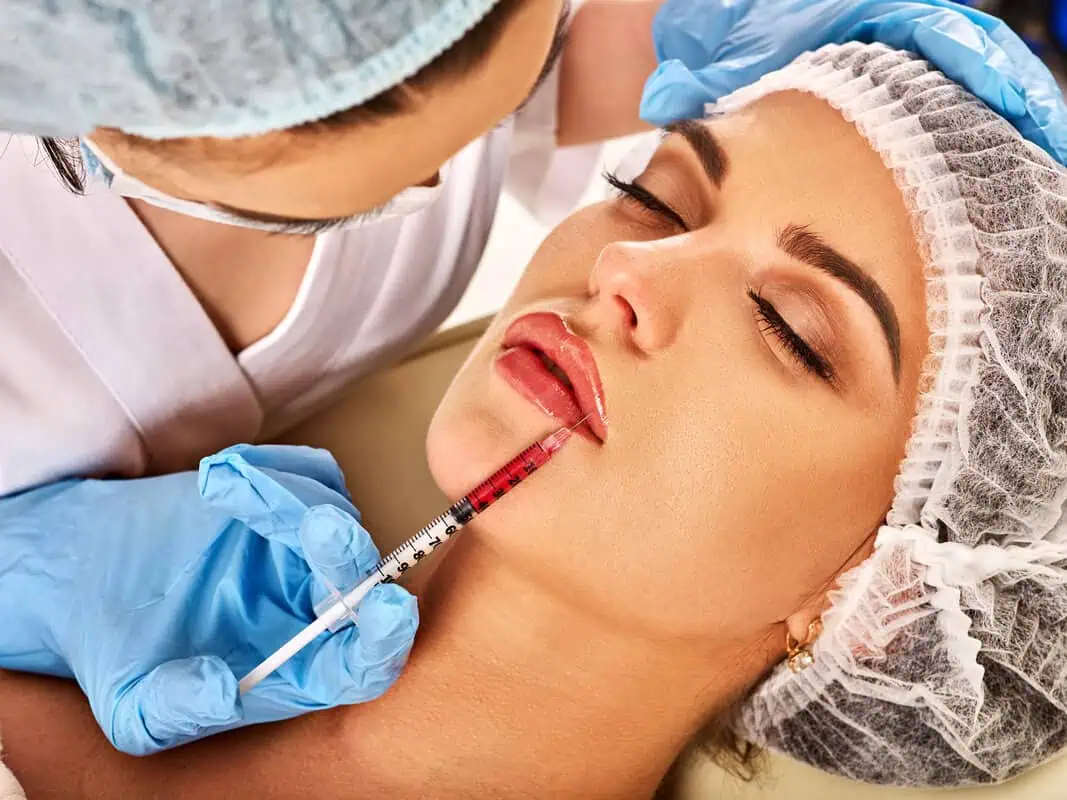
To all our valued clients, you can now save time and money by booking appointments with our app. Download And Sign Up For Our Rewards Program Click HERE
To all our valued clients, you can now save time and money by booking appointments with our app. Download And Sign Up For Our Rewards Program Click HERE
To all our valued clients, you can now save time and money by booking appointments with our app. Download And Sign Up For Our Rewards Program Click HERE

Facials and chemical peels are the two most popular skin treatments. They help by exfoliating dead cells, cleaning pores, and hydrating the skin. Other benefits of facials include helping maintain radiant skin and countering problems caused by sun damage, environmental pollutants, or skin irritants. Skin issues like signs of aging, acne, or scarring, have long been recognized as challenging to tackle effectively. Simultaneously, maintaining a youthful and radiant complexion can work wonders for one’s self-image and confidence. Consequently, the popularity of cosmetic therapies has soared, as individuals seek solutions to enhance their skin’s appearance.
From facials to chemical peels, skin treatments have become more accessible in the last few years. And no, it’s not just women who benefit. Deep cleanse facials for men are also on the rise as more men see the benefits of facials.
Despite the similarities in what they treat, however, facials and chemical peels are different. Let’s understand a bit more about the two procedures.
A facial—generally carried out at a skin and beauty center or a medical spa—is a treatment that seeks to clean pores, exfoliate dead skin, moisturize and treat common skin concerns. It does so through four processes cleansing, steaming, exfoliation, extraction and application of micronutrients and bio-active substances.
In the long run, they help slow the aging process, and increase blood circulation, among other benefits.
A Chemical peel involves adding a chemical solution to the skin, which removes a layer of dead skin to reveal more youthful and smoother skin. Different types of chemical peels can either be superficial, medium, or deep in nature.
Depending on your skin type and its sensitivity, there are several peels to choose between. Let’s look at some of the best professional chemical peels.
Depends on the problem you are trying to solve. In cases of mild hyperpigmentation, for instance, an AHA peel is generally recommended, as it comes with skin-bleaching agents. Medium peels, on the other hand, are used to remove age spots, improve fine lines, remove freckles, or deal with mild lines. A deep peel is usually applied when dealing with a mature skin with damaged cells.
Consult with one of our licensed aestheticians to determine the best chemical peels for your skin type.
Facials and peels are both popular skincare treatments that aim to enhance the complexion and address various skin concerns. While they may seem similar, there are distinct differences between the two. Facials are a rejuvenating and relaxing skincare treatment that focuses on deep cleansing, exfoliation, and nourishment of the skin. Chemical peels, on the other hand, are more intensive treatments that target specific skin concerns by exfoliating and renewing the skin.
Regular sessions promote improved blood circulation beneath the skin, effectively reducing puffiness and supplying essential proteins and nutrients that aid in detoxification. Moreover, this method provides a more thorough cleansing of the skin by eliminating oil, dirt, and bacteria that conventional cleansers may overlook.
Facials contribute to the deceleration of the aging process by stimulating blood flow, thereby minimizing the appearance of fine lines and wrinkles while rejuvenating the skin with collagen.
Chemical peels offer an array of advantages, including their potential to combat aging. These peels effectively diminish fine lines, wrinkles, and sun damage. In the case of acne scars, chemical peels can aid in reducing the visible marks left behind by acne, while peels targeting hyperpigmentation can rectify uneven skin tone.
Most experts recommend getting a facial once every four weeks. This is because it generally takes a month for new cells to go through the cycle of surfacing up to the skin, where they are ready to be sloughed.
However, the real answer to how often to get facials depends on your skin type.
Facials for acne, for instance, could be carried out once every two weeks.
The average facials price ranges between $95 – $200 depending on how comprehensive you want them to be.
Facial treatments typically necessitate minimal scheduling, come at a lower expense, and allow for more frequent sessions. In contrast, chemical peels are more involved, require a longer healing period, and tend to be pricier. However, irrespective of these differences, both facials and chemical peels offer numerous advantageous outcomes for your skin, ultimately boosting your confidence and reducing self-consciousness. New Look Skin Center offers 30+ treatments that allow you to reach your skin care goals.
You can book a free consultation by using our NLSC APP, Online booking or call 818.662.5005

Aging is a natural part of life, but modern skin care and medical aesthetics advancements have made it possible to maintain a youthful and vibrant

Restylane fillers effortlessly reveal a more youthful you. As a trusted dermal filler brand, Restylane smooths wrinkles, adds volume, and sculpts facial contours, enhancing your

Are you tired of hiding your toes, embarrassed by the stubborn toenail infections that won’t go away? Nail fungus, a familiar yet persistent problem, can